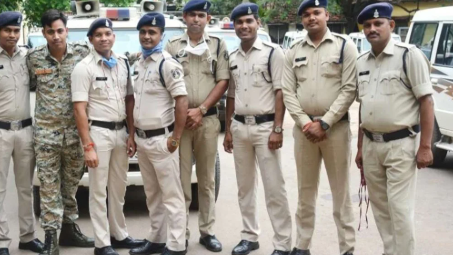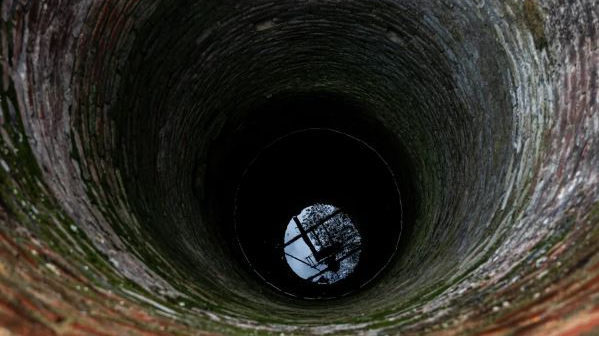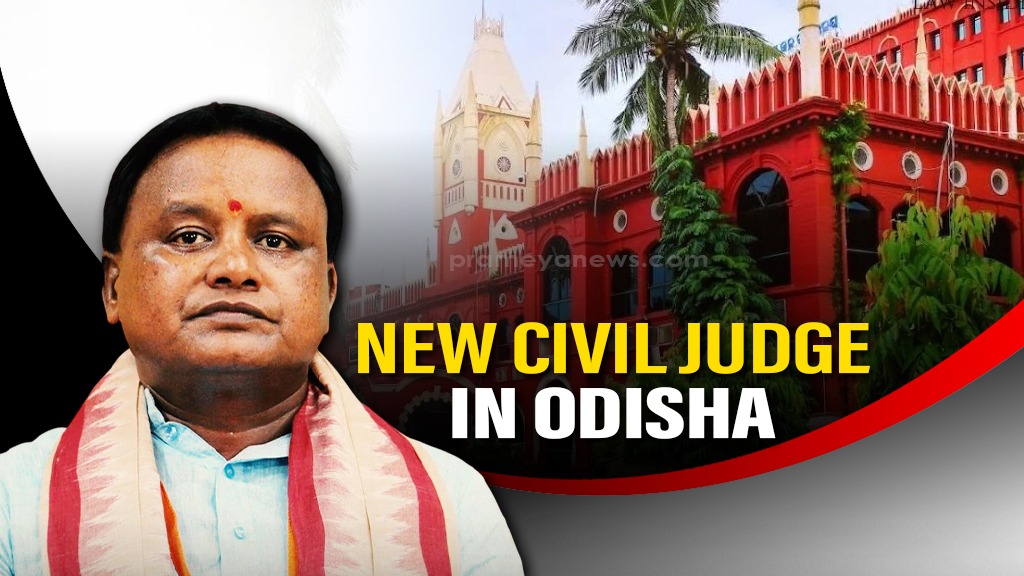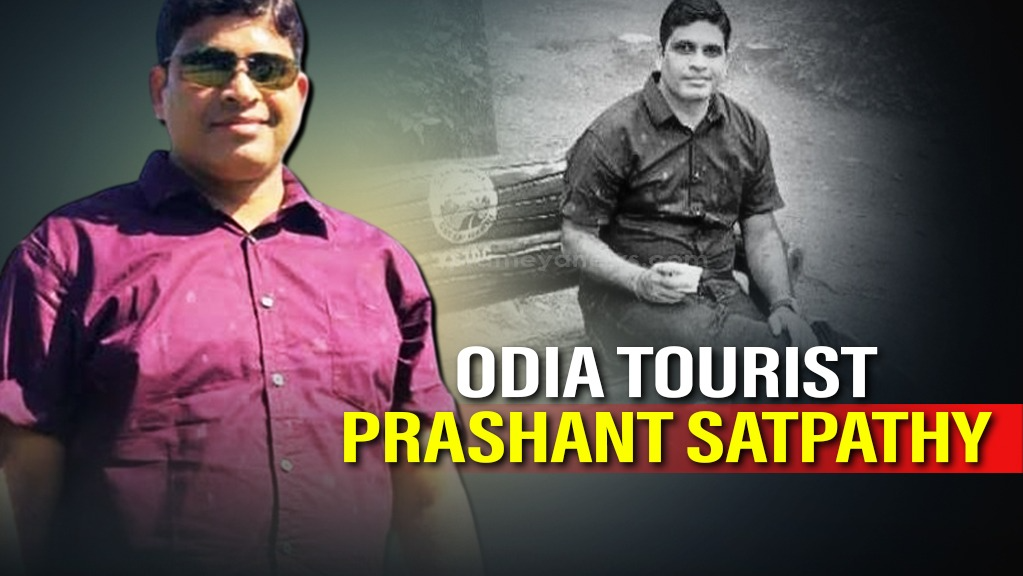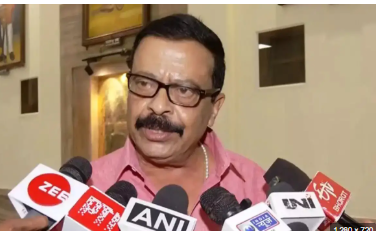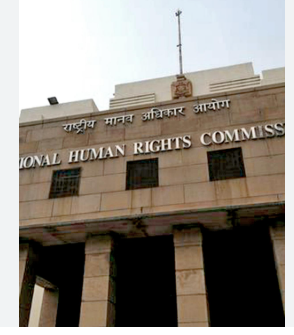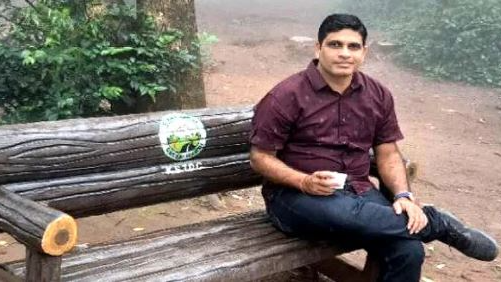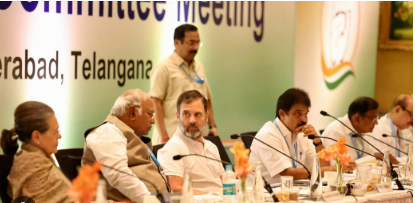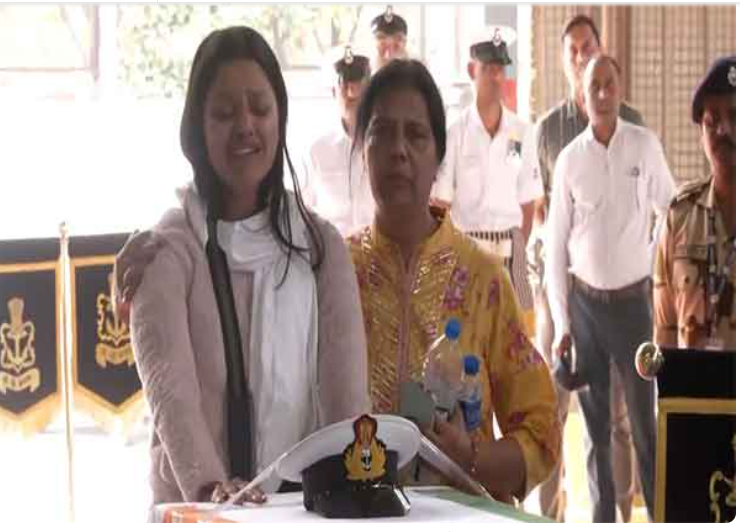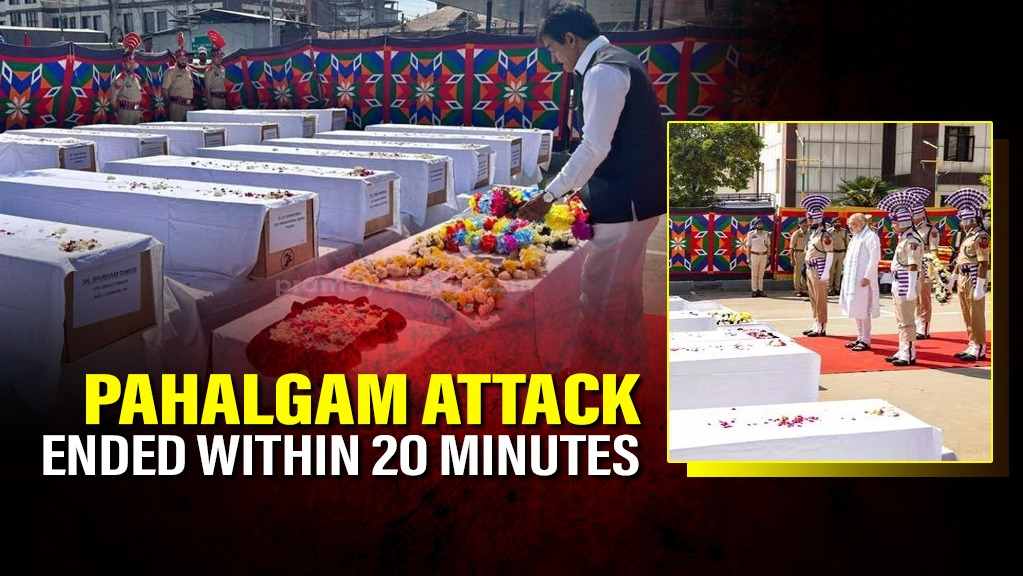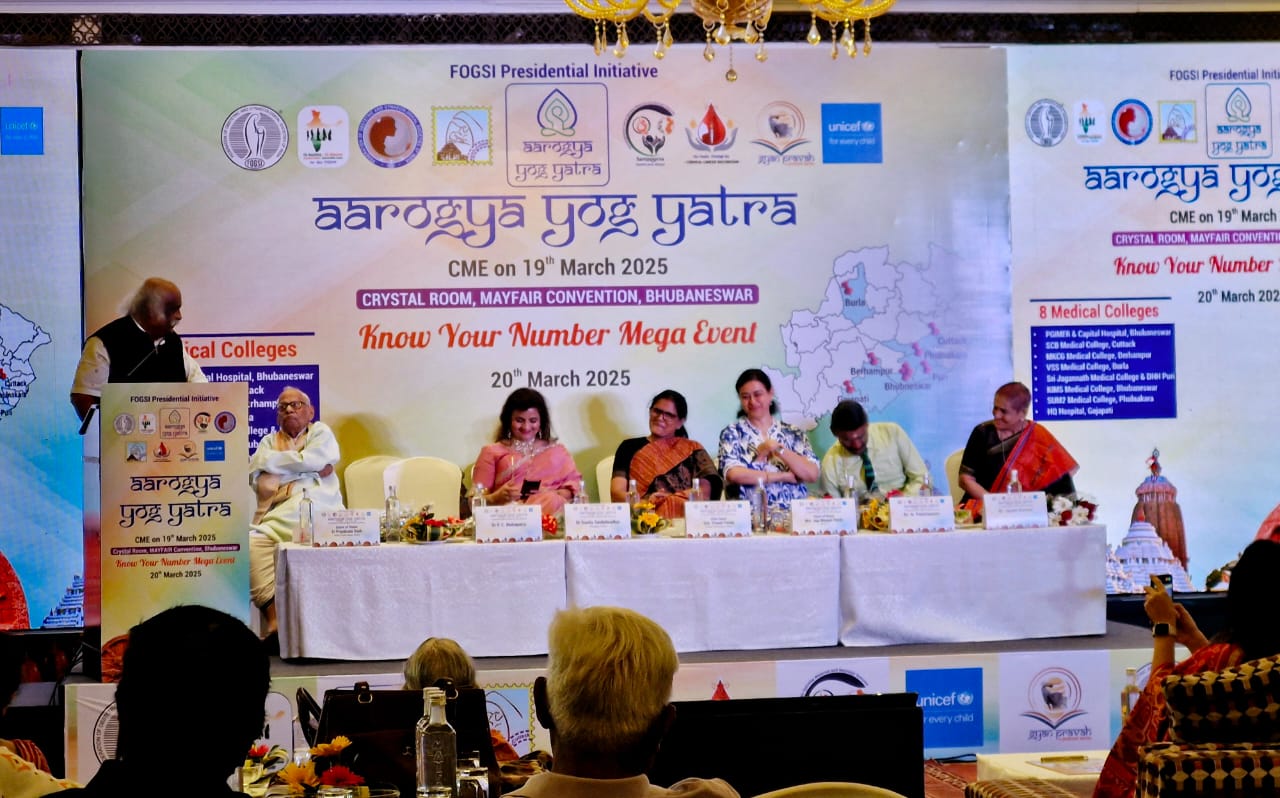Bhubaneswar: April 1, 1936, marks a golden chapter in Odisha’s history — not only was the state officially born, but so too was the Odisha Police. With just 4,000 personnel drawn from the Bihar-Odisha, Madras Presidency, and Central Provinces forces, the journey of Odisha Police began amid administrative challenges and a pressing need for integration.
Join the Whatsapp Channel to Get News updates in english
Yet, policing in Odisha predates the British era. Ancient texts like Manu Smriti and Arthashastra reference early forms of law enforcement. During the Kalinga period, Atabika police curbed civic unrest. In medieval times, rulers like Ananga Bhim Dev and Pratap Rudra Dev deployed Danda Paikas for policing, while the Mughal-era introduced the Kotwal system, carried forward by the Marathas.
The colonial shift began in 1803 when the British enforced structured policing. By 1861, the Indian Police Act shaped law enforcement across British India — a model that still influences modern policing. Odisha’s first Inspector General of Police post-independence was Mr. J.E. Pearman, succeeded by notable officers including Sri R.C. Dash and Sri J.C. Ghosh.
In 1946, the Odisha Military Police (OMP) was established under the Odisha Military Police Act. Initially dealing with volatile uprisings across Bhadrak, Cuttack, and Ib, the OMP played a crucial role in maintaining law and order post-independence. The force later evolved into the Special Armed Police (SAP) in 1980, comprising 8 battalions and one India Reserve Battalion today.
Key organizational strides include:
The creation of CID (Criminal Investigation Department) in 1936.
Establishment of the Odisha Police Manual Rules in 1940.
Formation of Bhubaneswar Police District in 1975 for capital city policing.
Launch of the Forensic Science Laboratory in Bhubaneswar under DIG, CID, to aid scientific investigations.








